Contact Us
- Address: Réservations par internet seulement
- Email: infoSPAMFILTER@spaceobs.com
- Phone: No telephone
- Cellphone: No telephone
- Website: www.spaceobs.com
Next moons
29-10-2025 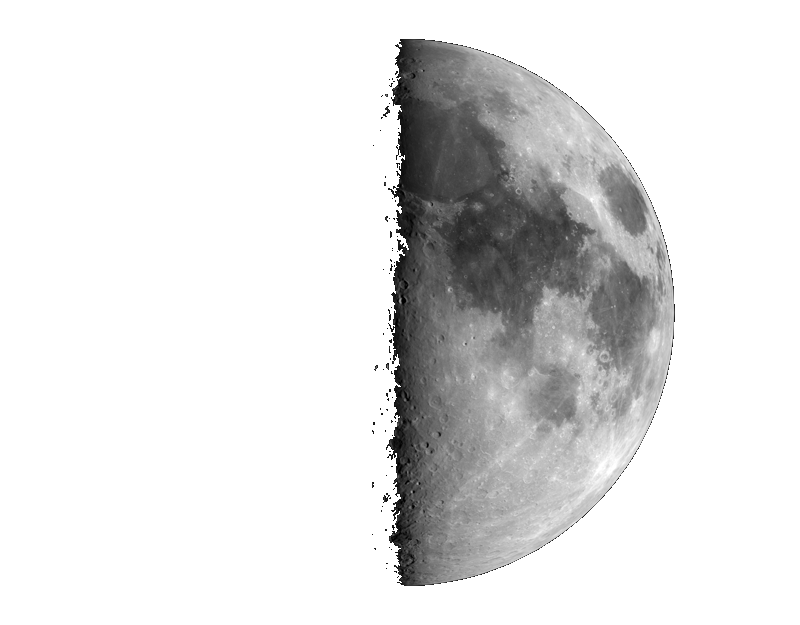 | 05-11-2025  |
12-11-2025 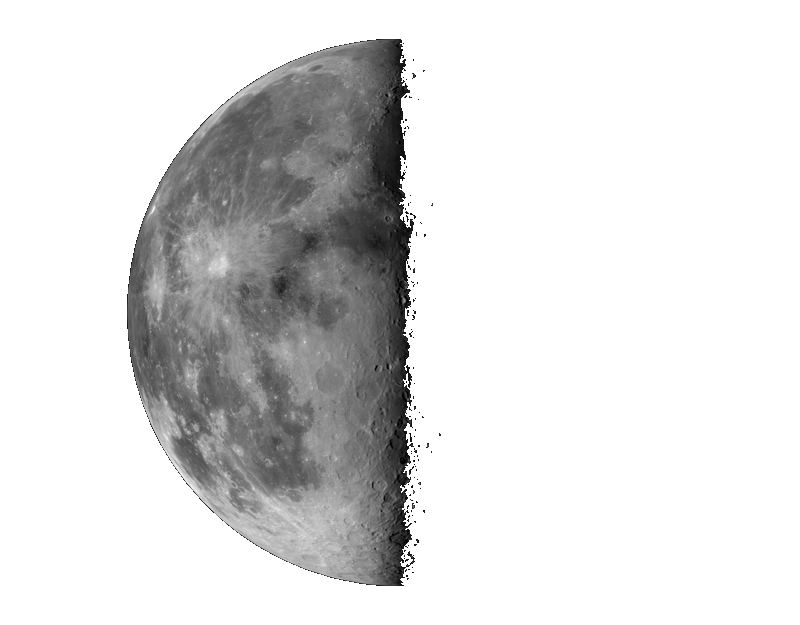 | 20-11-2025 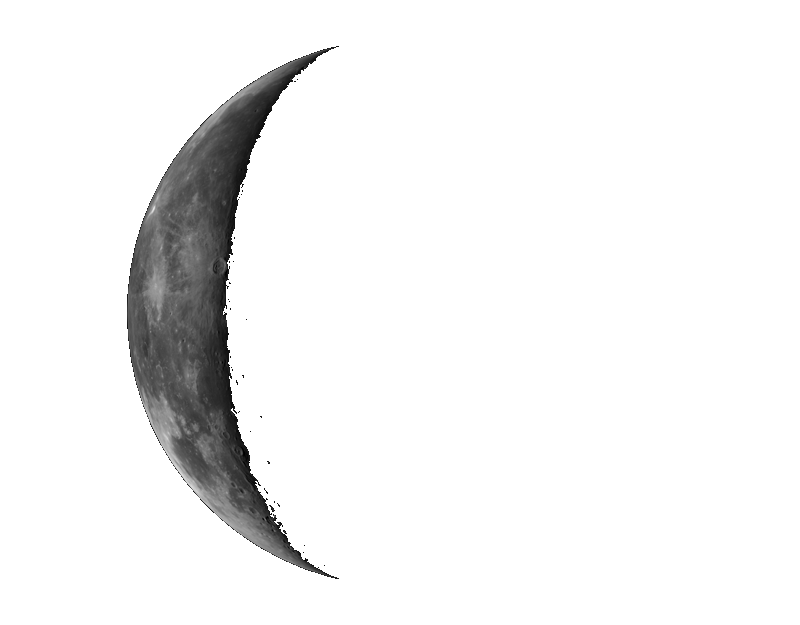 |
Sponsors
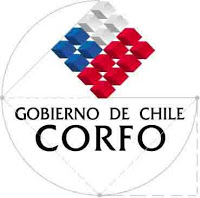
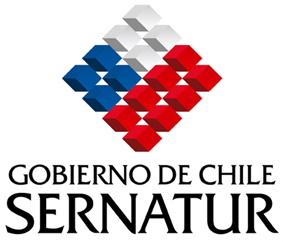
Published on Friday 25 February 2011
Just because I have had this obsession of figuring nude on the internet, here it is :
I was born near Nancy in Lorraine way back in the late fifties. I have a little sister since 1965, which happens to be now married with my brother in law, and together they have made a web site. So my roots are in Champigneulles, Frouard, Pompey and Liverdun, north of Nancy, with part of my heart still fishing on the border of the Moselle river, in the backyard of my grand mother's house. The skies there are very poor on average, eventhough sometimes, mainly after a big storm, I have seen spectacular skies in the Lorraine countryside.
With such a poor sky, coming to astronomy was not obvious, but eventually, a cousin of my mother whom had built a 80mm refractor and had showed me Jupiter. This impressed me very much. Then several pages and sky maps in a then well known encyclopédia aptly called "Tout l'Univers" got me more interested. My first observation was that of the solar eclipse of June 30th (the last day of school) 1973. After that I started to do some astronomy, I mean full time, the rest becoming stupid waste of time, like going to school and other things. All these forced/boring activities were quite incompatible with astronomy. I was able to get a foot in professional astronomy when Jean Louis Heudier got me for a training in 1978 at the OCA Schmidt telescope while I was studying photography at the then called "Ecole Nationale de la Photographie et du Cinéma". If I were not spending all my time with astronomy, I would find some time playing my accordeons and accordina (I learn how to play accordeon while younger, taking music classes during 10 years, and in fact paying my first telescope playing music on saturday nights).
A short description of my favorite astronomical activities could be described in these few keywords:
When one has only one life, it is easy to realize it is better to do several things during it, instead of doing only one, then die. I had already several phases of my life, hoping to get more. First I was a child, then a student, then a photographic scientist, then an engineer interested in asteroids, then a survey engineer interested in nothing, then a science vulgarisator/ businessman, then we will see. Retired with money would be nice :)
I will have to write something about astronomical photography before it died, because there is a lot of information which will be lost if I don't. I still remember the photographic plates, the smell of developer, hydrogen hypersensitisation, the beauty of the images, the thrill of discovering a comet on a piece of gelatin. All this was buried by digital photography. Still this was an interesting epoch.
I started to work at the OCA Schmidt telescope, which at the time was far from being able to produce any science results. This was quite an obvious proof that you can have the title of "astronomer", a team of 8 persons working full time, and still being unable to make a telescope work correctly. Then I went 4 years in California, as a photographic scientist for the second Palomar Observatory Sky Survey, I helped starting the blue and red survey and left before much was done on the near IR survey. But in the mean time I got more and more interested in asteroids and comets. At the time Spacewatch was starting to get good results with CCDs, and the need for a transition was quite obvious. Except for people not in the field.
I came back in France and worked hard to get the Schmidt telescope to work, which it did. Then install a CCD camera at its focus. With a couple of guys from the original team (Dominique Albanese and Christian Pollas), and many students who came at the telescope, we were able to transform the almost unuseable telescope into a working telescope, and it was one of the first Schmidt telescope in the world equipped with a relatively large CCD at its focus. All this was possible thanks to the support of then director Philippe Delache. The following ones made everything to close the telescope, J. de Freitas Pacheco was able to remove some of the positions we have (a sub director at Nice needed a secretary), and reduce the original budget by a factor of 10. The following director Jacques Collin closed the telescope all together. After setting goals which were impossible to obtain without any workers (in the end, we were two persons left to observe wit the telescope and improve it), and any money, he arrived at the logical conclusion that the telescope had to be closed. A few years later, he used more or less the same technique to close the interferometers, now there is only one telescope left at what used to be CERGA, and you can bet that pretty soon the whole thing will be history. The thing is, it is normal that telescopes close after a while, if they are not productive anymore, or if they cost too much compared to the number of publication they produce. In the case of the Schmidt telescope, we had a good collaboration going on with DLR in Germany. We discovered more than 2000 asteroids during this collaboration. We had several other small projects, and this was allowing to get a sufficiently decent budget for the telescope (pay some extra personal, and pay the equipment). Because of "administration fees", the observatory was taking 15% of this money, which was compensating for the 3000 euros we were receiving per year. So the telescope didn't cost a dime to the observatory. It is not normal to close a telescope just because you believe the person in charge does not have sufficient degrees (I think I have shown I had the competence), or because, and that's the real reason, because some jerks (one of them was an astronomer in Nice named Claude Froeschlé) didn't like the idea that money be wasted discovering asteroids because as he said : why waste money since the orbital elements are available for free from the Minor Planet Center. The fallacy of this stupid argument is quite obvious: why pay french planetary scientists (mainly of that caliber) when you can just subscribe to Icarus and other magazines and get science for free... These guys are really a bunch of idiots and don't deserve a job in astronomy, but this is a typical problem in many observatories, the good astronomers are very busy, and the not so good do administration.
Later I worked in Chile, first as survey engineer for the DeNIS project, then on the EROS2 program. This was more than enough to get me really bored with the modern astronomical era of industrial ESO like astronomy, also called "heavy science". It was heavily boring, with me counting the observing nights left to do before going back to normal life. The only thing interesting (apart from the salary, and the blocked observing periods, with a lot of free time in between) was to be able to discover the chilean skies, which made a return to France's ugly skies very hard to imagine for me. The other bad thing about professional observatories in Chile is that they are on mountain top, and people have to be there for one full week, then had some days off, and must live in Santiago. This is not life, and indeed there is quite a high turnover in these observatories, the average persons staying 2 or 3 years, and finding another job later. For those who stay, divorce comes usually within the following ten years. At any rate, it would have been impossible for me to get a job in an observatory in Chile, with my photography diploma :).
Our activity took a long time to work correctly (many people thought it would never work). We stay home, we are all the time together (which is good when you are with such a nice person as Alejandra). I still work hard, but I know I am playing with my toys. Not working like crazy, and then have some idiots deciding they don't like it. F... them.
For now, the main project is to make our business work. And it does, but it takes a lot of time. On the side, I still intent, one day (maybe I should write "dream" instead of "intent") to work on discovering asteroids again. I am older and maybe wiser, so I do progress on the idea of getting back to observe, but when it happens is not too important. There will always be asteroids to discover. I nevertheless do some observations each year. In 2010, I successfully observed the occultation of a star by Eris, which showed that Pluto is indeed the largest asteroid in the solar system. That was fun.
On the side line, I have always continued to do some amateur observing. In the past, I tried to get at least a week of vacation per year in order to do some amateur stuff. Now, I don't have the excuse of not having a good sky, but little available time. Right now, the work I do is not productive, but I can sense already the progresses made, for example, since I have the telescope under a shelter, and am able to work from a control room inside the house. I still have this project of generating a set of color postcards of the sky for the business.
Now a little history of my amateur astronomy activities :
I started astronomy June 30th 1973.
I was a member of the "club d'astronomie du lycée Henri Poincaré" in Nancy, and therefore had access to the Kaplan observatory in Vandoeuvre les Nancy (25cm telescope).
I founded the astronomy club at the "foyer des jeunes et d'éducation populaire" in 1974 (I was 16 years old).
In 1995, I have created a french speaking list named AUDE, which allow now about 600 amateurs to discuss various topics concerning CCD observations.
In 1996 and 1999, I helped organising les Rencontres sur les techniques de detection en astronomie amateur in Carcassonne.
When in France, I worked with ASSEM ( Animation Scientifiques Sud Est Mediterranee ), which is the regional delegation for ANSTJ, now called "Planètes Sciences" and we have several activities in astronomy. We usually organised several technical week ends on regular and CCD observing, were together with the astronomy club of the region organising public observing sessions, either for special events ( comet Hale Bopp for example ) or other less special opportunities. I was also involved in the ARGETAC association which after much wait has a 40cm equatorially mounted telescope at the Caussols site of the Observatoire de la Côte d'Azur.
In Chile, I am having fun with both very clear skies and the southern hemisphere. I have various instruments which I use both visually or with a variety of CCD cameras or webcams.
In this context, the image below is Saturn. Image made by Jean Marc Mari and Dominique Albanese at Caussols using my Celestron 14 telescope and Dominique Albanese's Pictor 416 CCD camera... Saturn is my favorite planet. I saw it first in 1974 when it was in Gemini, and saw it again there a few years ago... (something like a saturnian year, or 29 terrestrial years ).
I have many other astronomical pictures but have for now removed the gallery page of the spaceobs.com web site.
I still enjoy observing the sky, and take a real pleasure showing the sky to people, taking advantage of looking at my favorite celestial objects. I don't see the point of looking at very faint objects. I spend quite a lot of my free time building different instruments. Either for my tours, of for my personal activities.
My solar system
I have discovered or co-discovered (marked with a * ) or simply was part of the gang which proposed the name of the following numbered asteroids and comets :
For a list of all asteroids discovered using the Caussols Schmidt, please see here . Many more are coming.
Two of my favorites are my children 8184 Luderic, discovered by japanese amateur astronomers Mr Ueda and Tanaka and 8636 Malvina, discovered at Caussols the day of her birth in Poway, north San Diego County, since at the time we were living at Palomar Observatory. To be noted is the fact that 8184 is the sum of 3780 Maury and 4404 Enirac, which I named after my former wife.
29-10-2025  | 05-11-2025  |
12-11-2025  | 20-11-2025  |

